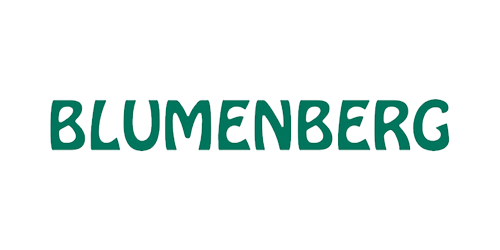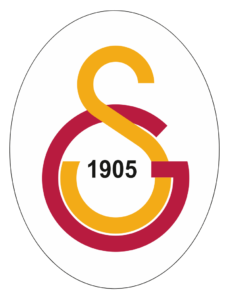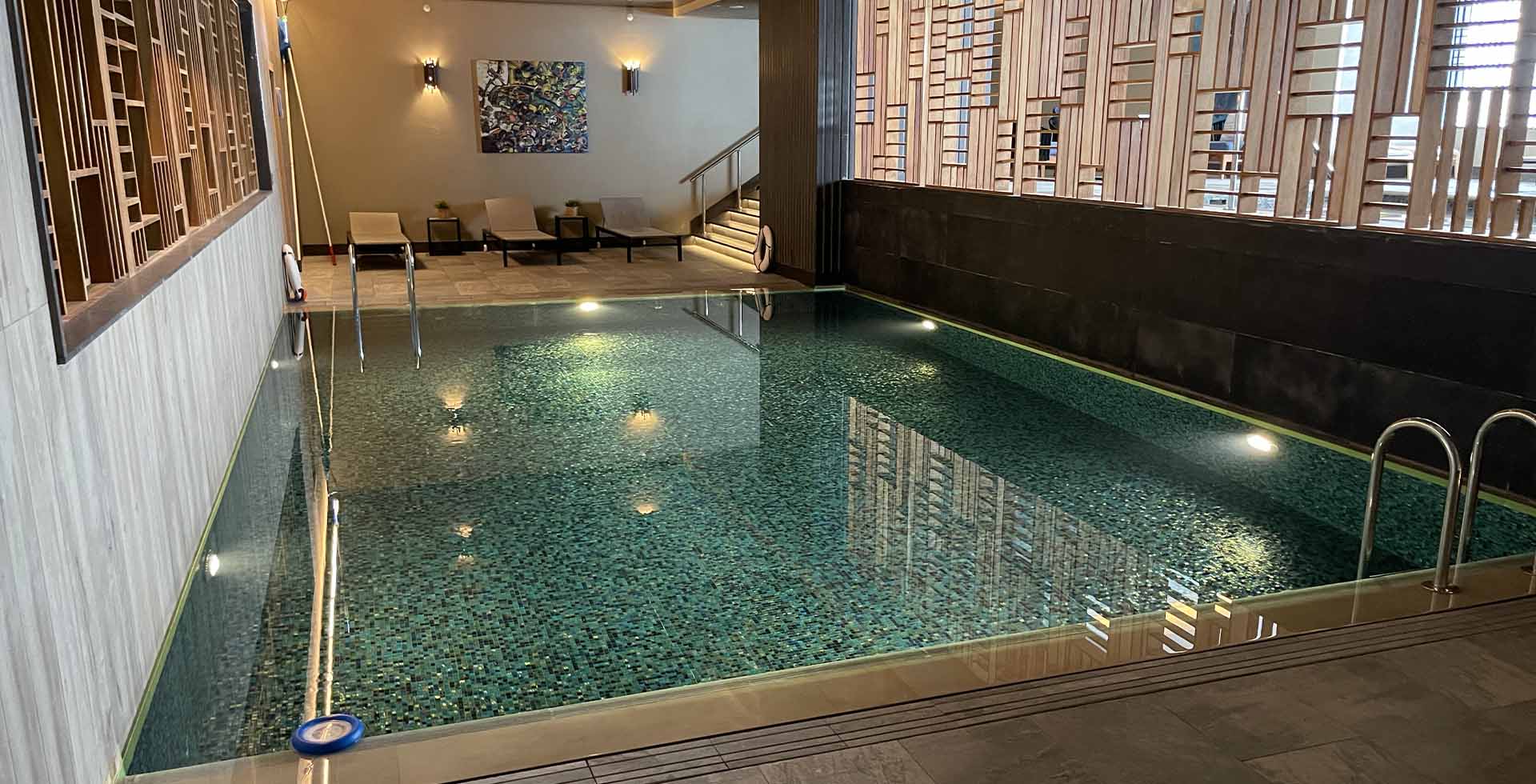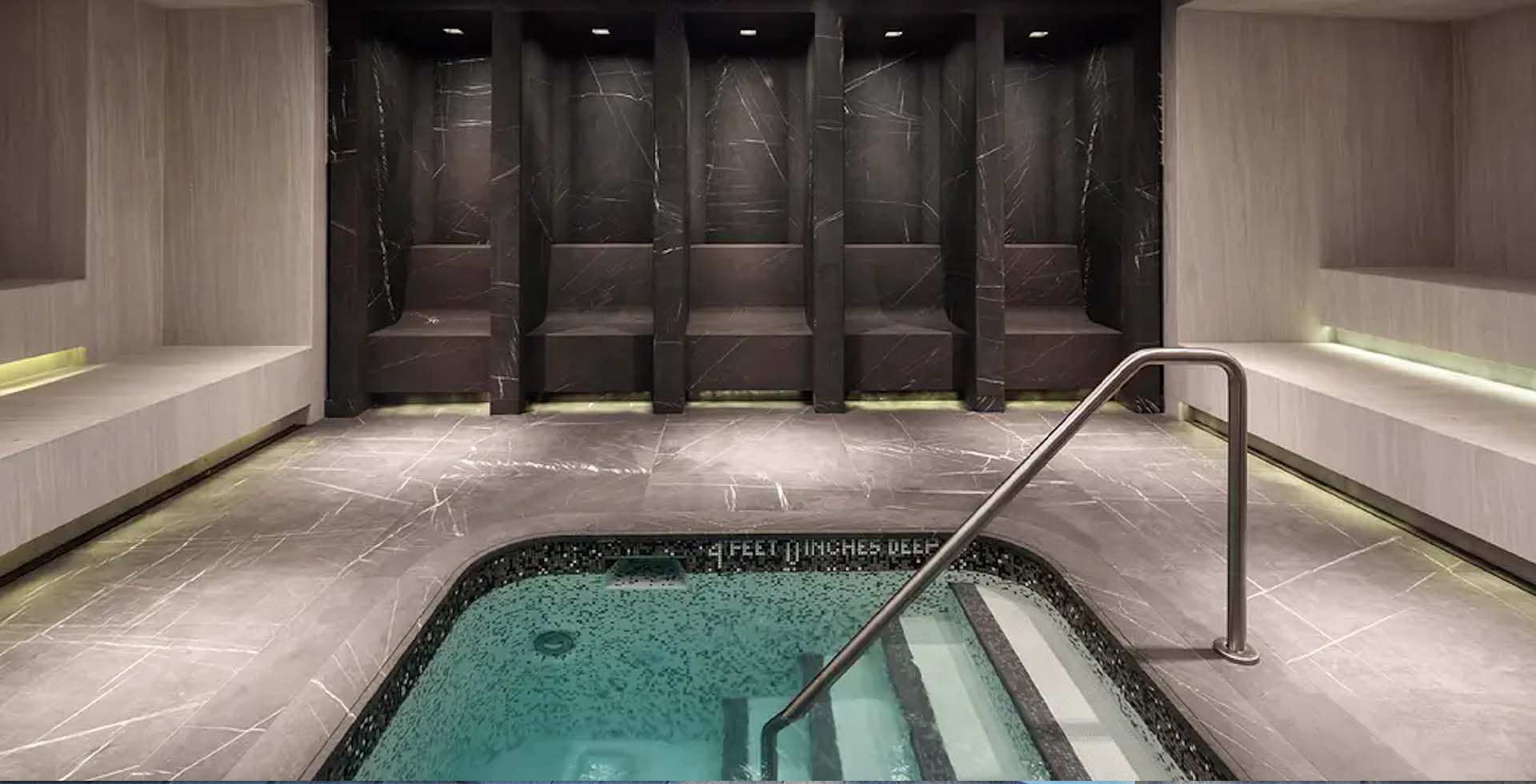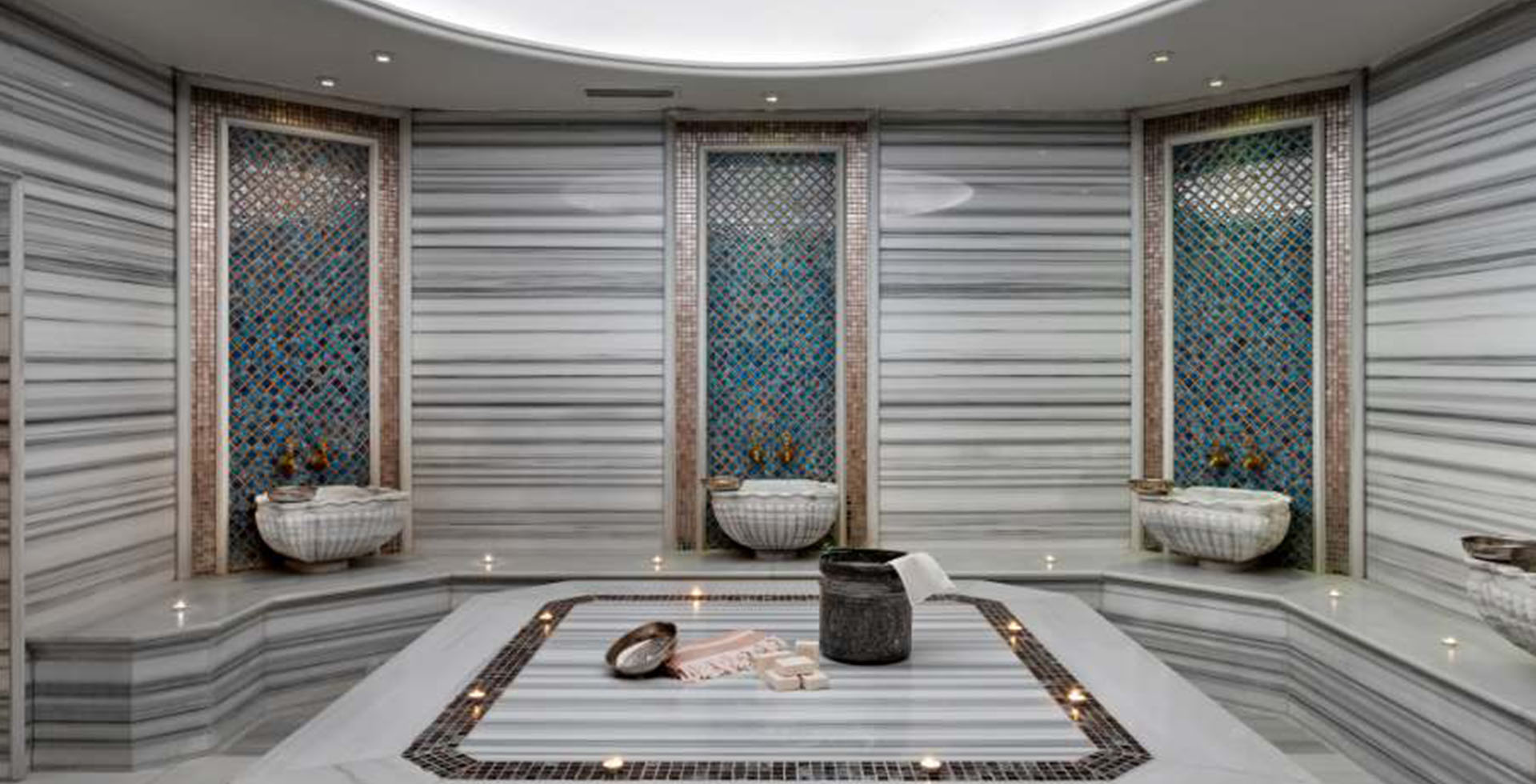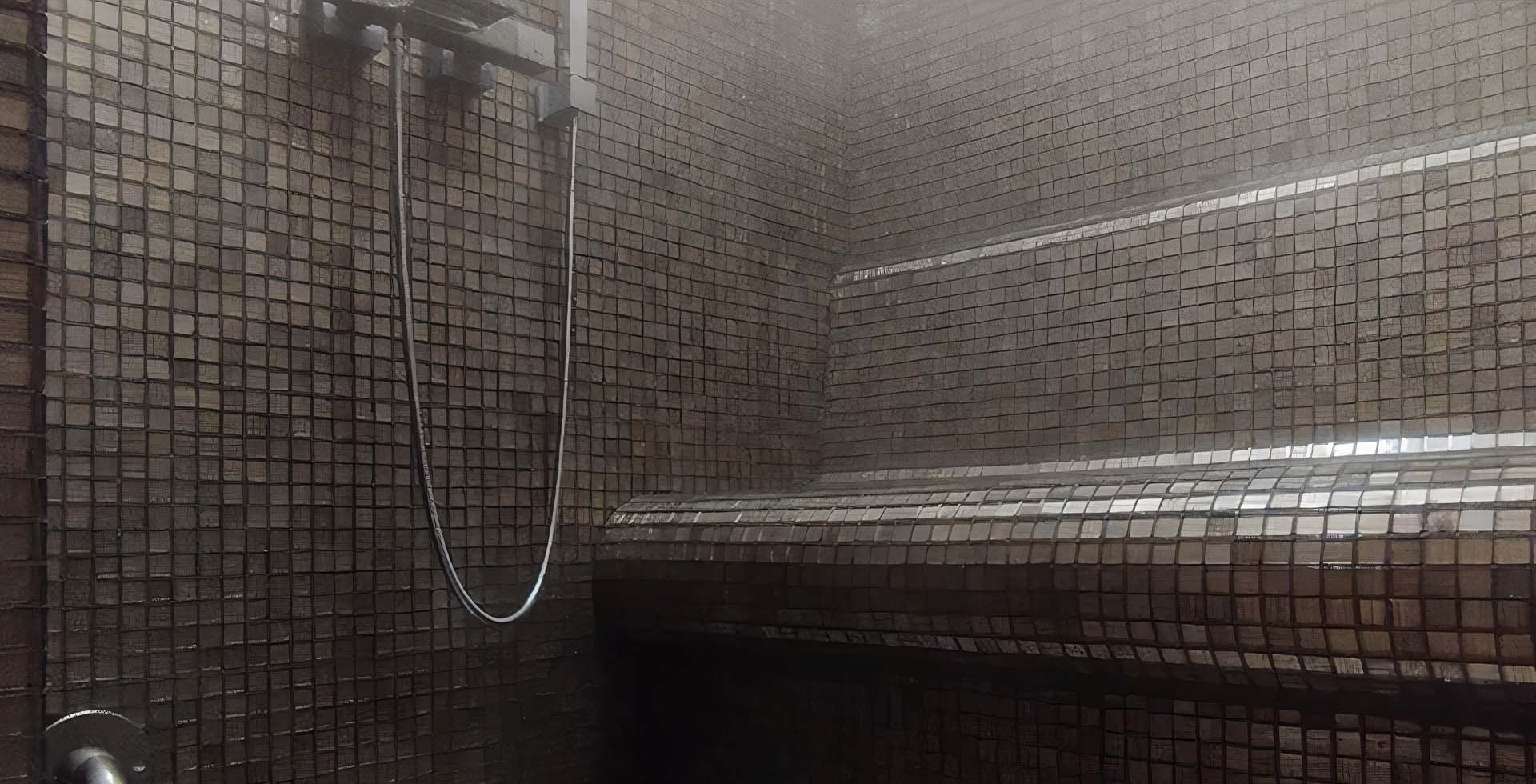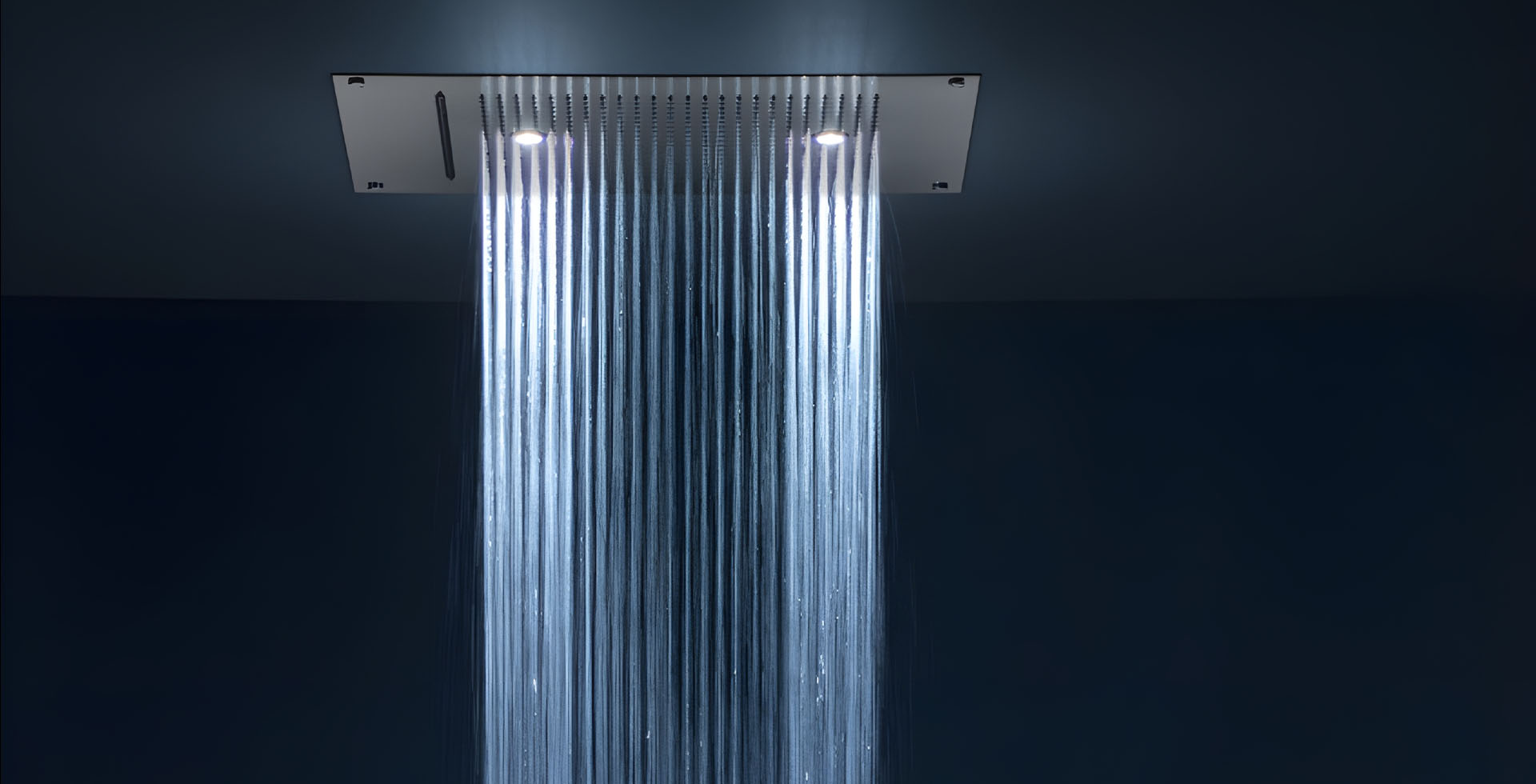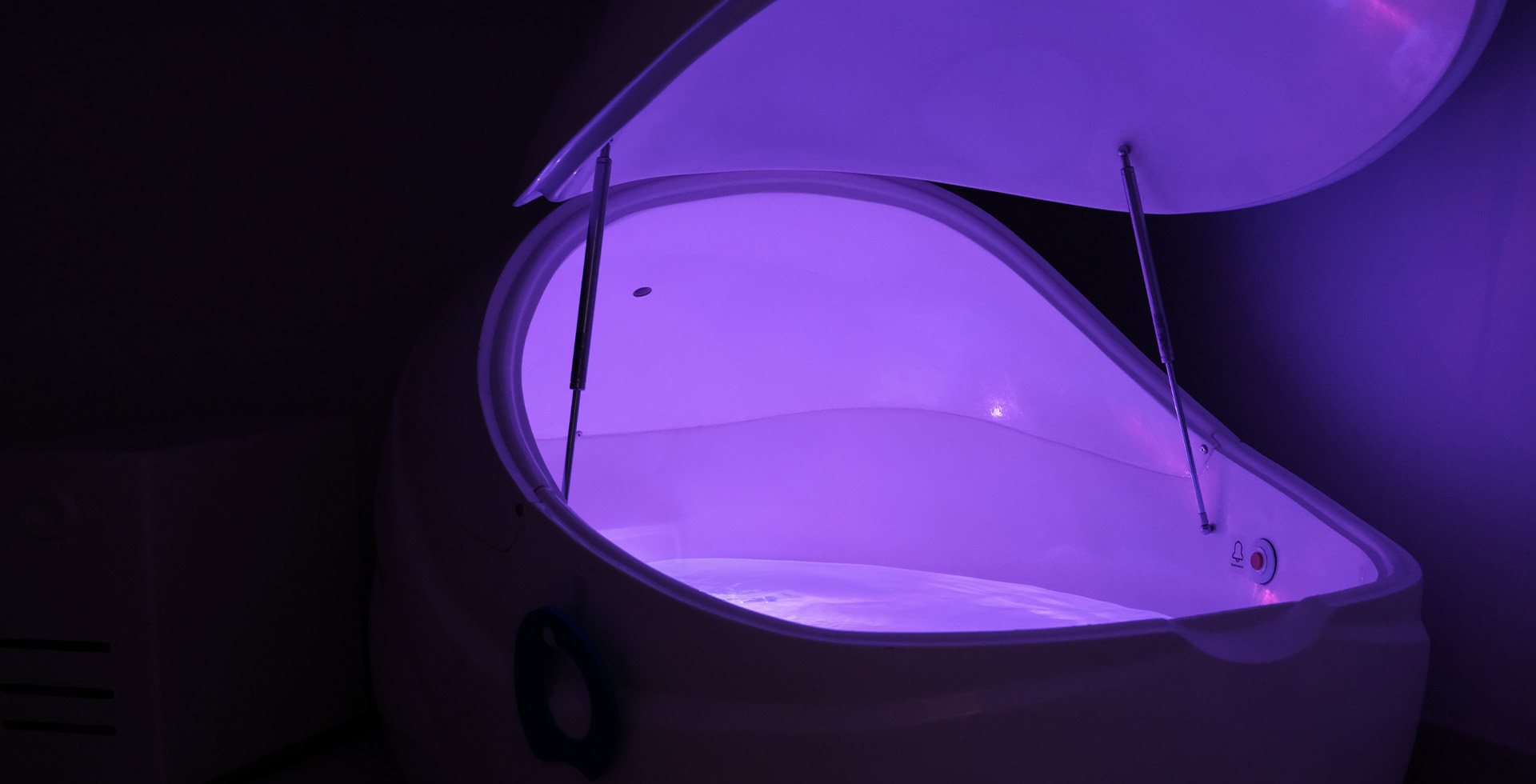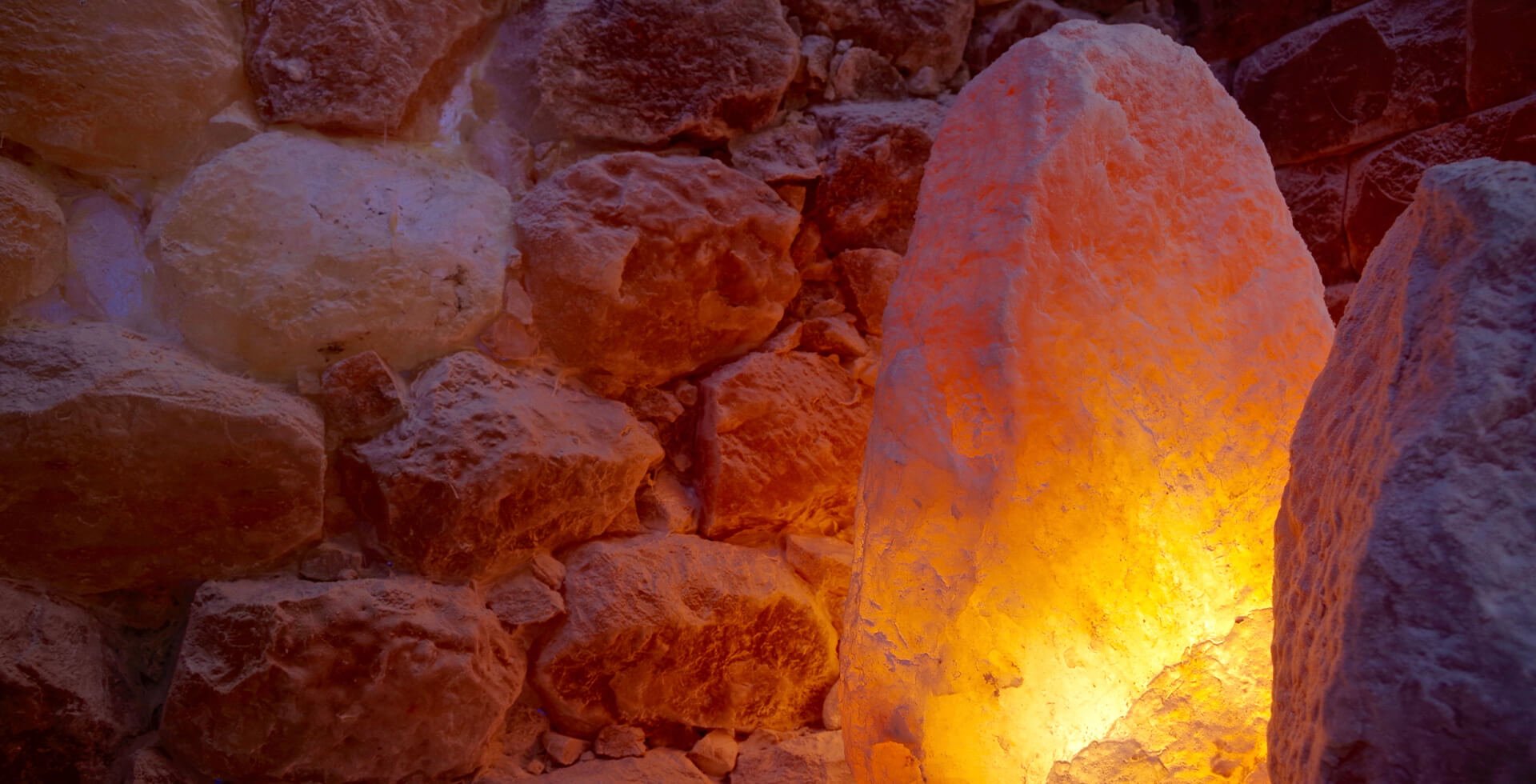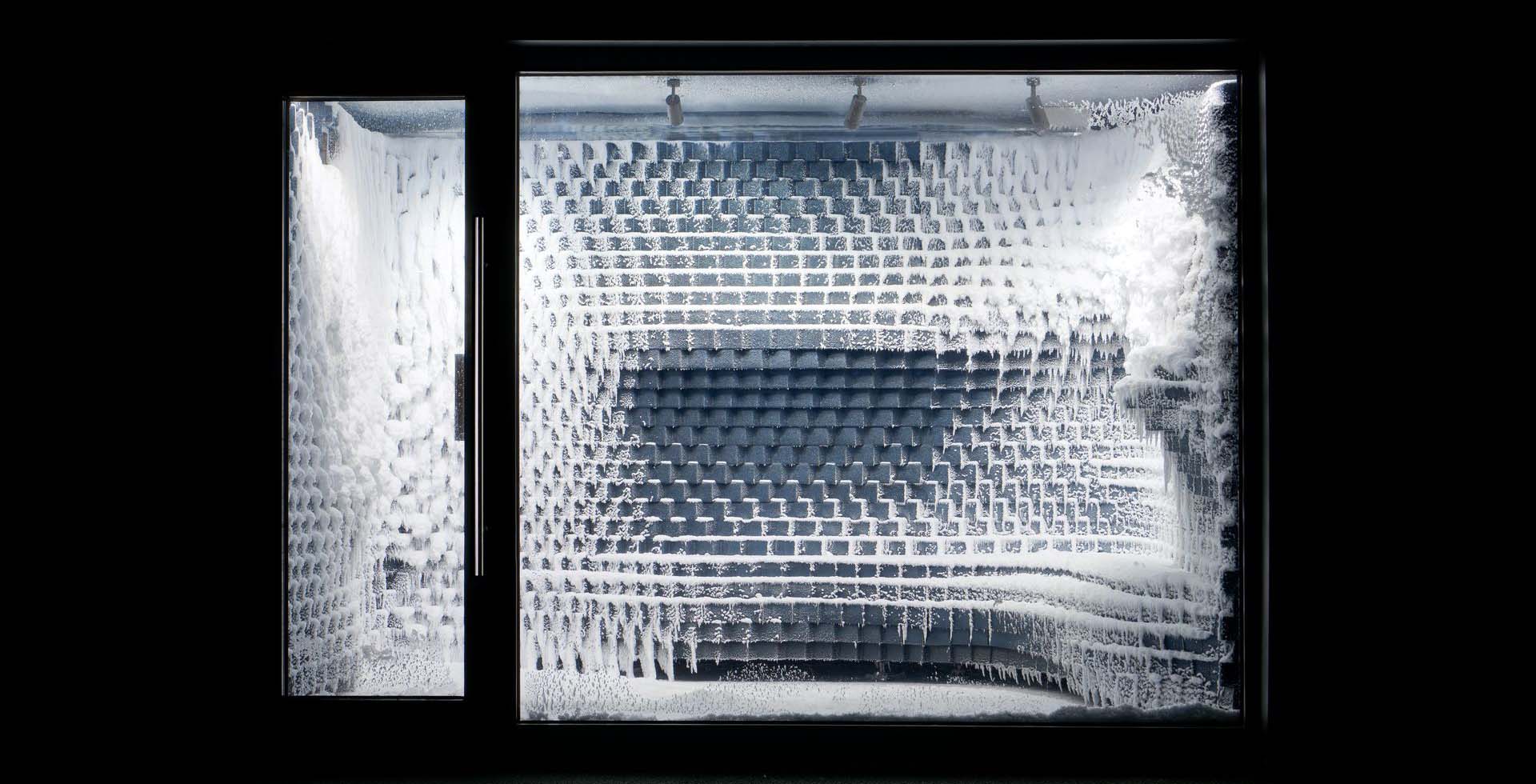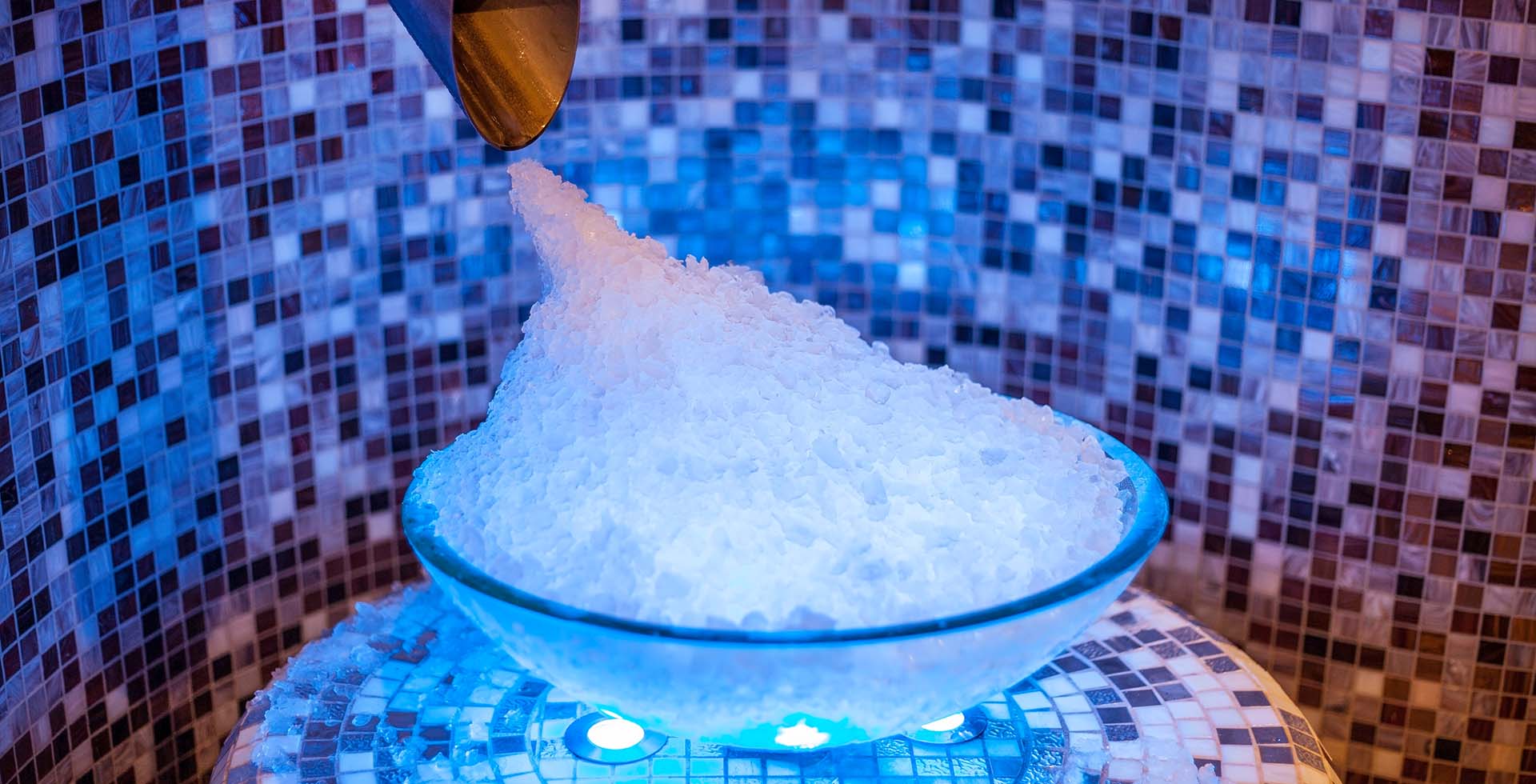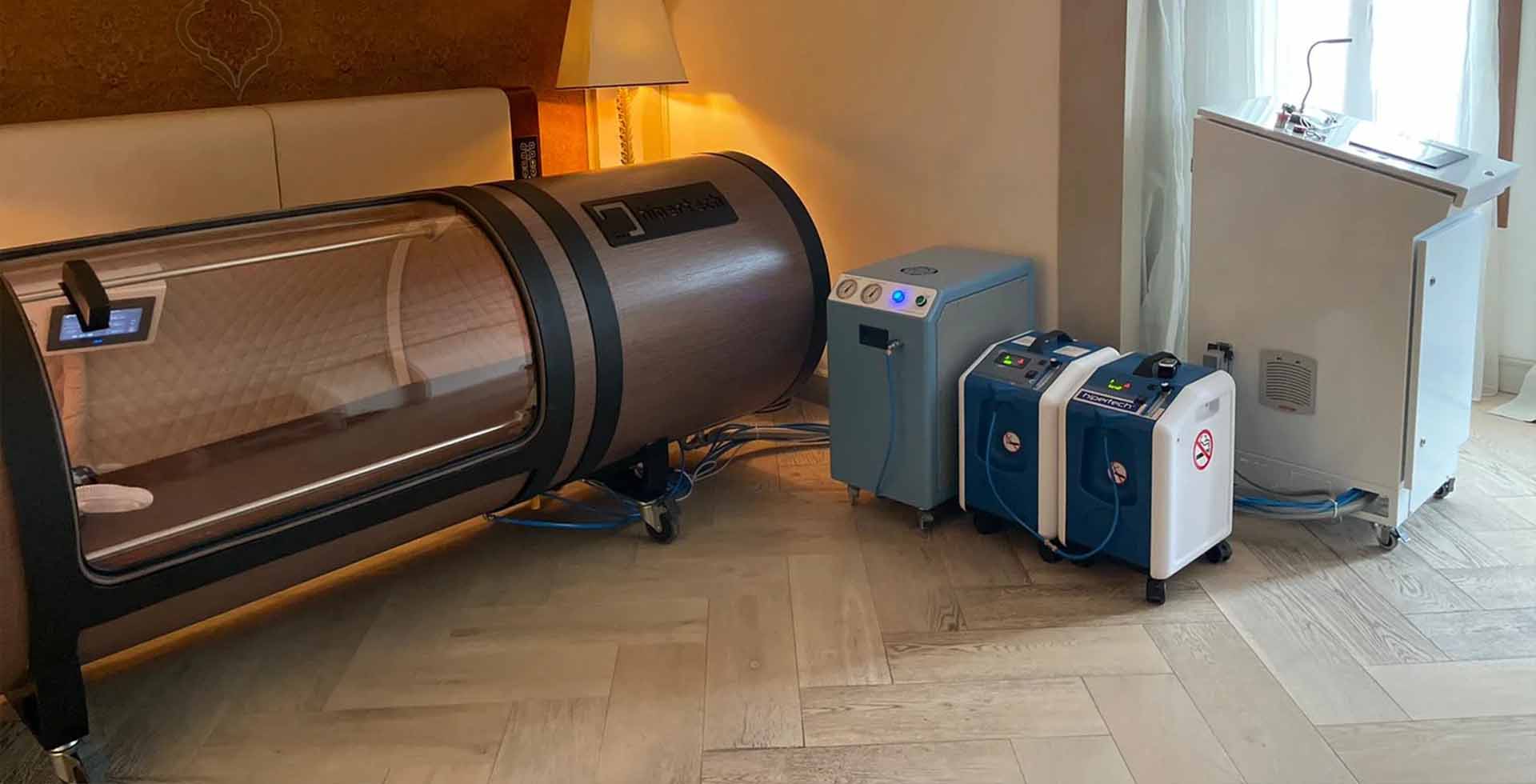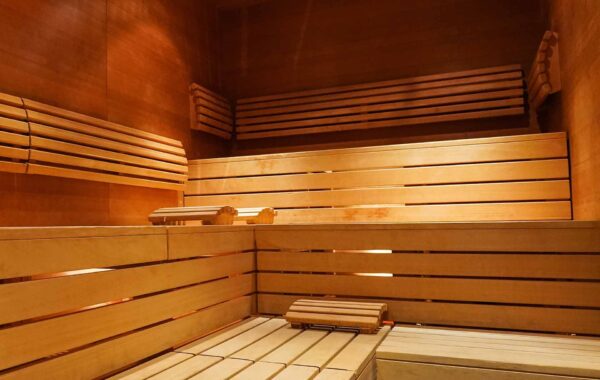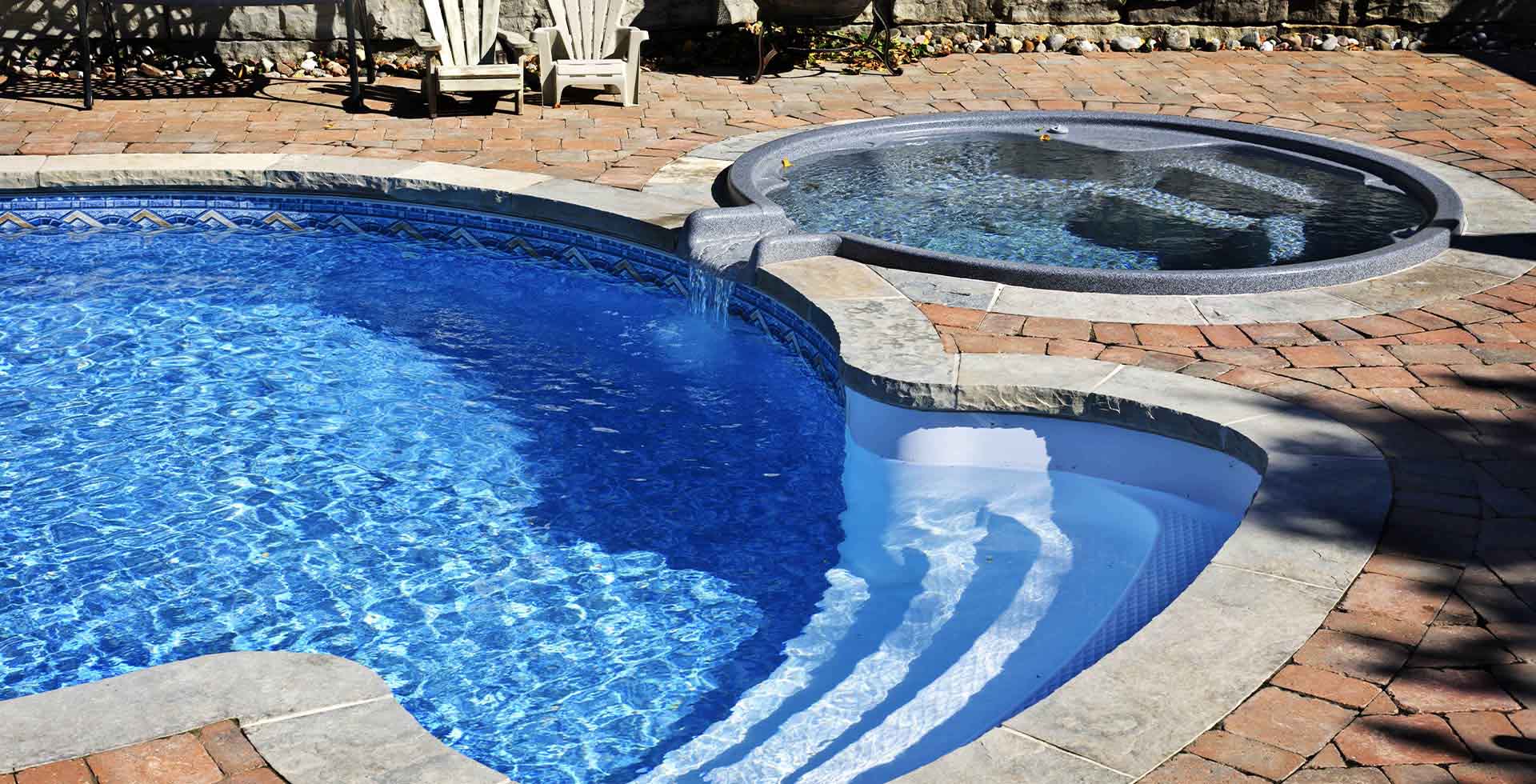
Your User Guide For Pool Maintenance
Your User Guide For Pool Maintenance
A Good Pool Care Starts With Getting To Know Your Pool
You need to brush all parts of the pool before proper maintenance can be enjoyed. Actually, if you look, you don’t need to take classes or go to a Ph.D. in swimology from Harvard. But knowing the basic parts and functions of your pool helps you keep everything running smoothly and makes it easier to solve problems when they occur.
Basic Components Of Swimming Pool
Like the biggest household appliances, you can escape as much fantasy as you want in the swimming pool. You can add advanced heating, lighting options, install high-tech pool blinds and even enjoy music while swimming with underwater pool speakers. But whether you have a basic backyard pool or a large Elvis-shaped inground Oasis, each pool has four components that need regular maintenance to maintain good times.
These include:
Pool water
Inner wall or lining of the pool
Pool filter system
Pool’s skimmers and return system
1. Pool Water
This may seem a little simple to you, but the water in your pool is the key to lasting pool happiness. Keeping clean and balanced protects you and your family from germs and diseases. It also helps you avoid expensive hardware repairs due to corrosion or mineral build-up, and helps your entire pool last longer.
2. Pool
The walls of your pool lining are in constant contact with the pool water and everything that enters it. Keeping these surfaces in good condition, free of algae, mold and debris, will help keep your pool clean and safe.
3. Pool Filter System
Your pool’s pumps are both heart and liver. Okay, it sounds a little weird, but think about it: your pool pump draws water, keeps your water in circulation like your heart does with your blood. Your pool filter removes dirt and other harmful microorganisms from your water, such as filtering the fried food you ate last night in the liver.
Both protect you and your pool from damage. Without a functioning filter system, your pool will become dirty, dirty and unhealthy.
Depending on your installation, you have a cartridge filter, a sand filter, diatomaceous earth (d. E.) you can have a filter. Or, if you have a brine system, it can also be a brine chlorinator.
4. Pool Skimmers
If the filter of your pool is your liver, then your skimmers and flashbacks are your veins and arteries. Your skimmers-not to be confused with a mesh skimmer, a cleaning tool attached to telescopic pole-draw water into the filter for cleaning, while reversals push the cleaned water back into the pool. And like your veins and arteries, they work best when they’re clean.
No pool is alike, and as time goes on, you may encounter pool maintenance challenges specific to your pool. However, if you have a firm grasp on these four pool components, you will be well equipped to face many challenges.
Three C’s of proper pool maintenance
The foundation of effective pool care is based on three simple but important concepts: circulation, cleanliness, and chemistry.
1. Good Water Circulation
Even if you never set foot in a scout meeting as a child, you probably know that the still water is murky and filthy. In your pool, like outdoors, moving water is cleaner, clearer and safer. Proper pool circulation is the key to healthy and safe swimming.
A pool with good circulation rarely has problems such as polluted water or pool Moss infestation. To maximize circulation, you need to run your pump and filter system daily.
How long should you start your pool pump? Ideally, 24 hours a day, 7 days a week. But since this is not possible for everyone’s budget or equipment, we recommend running your filter for at least 10 to 12 hours a day. This will turn the water over several times and help keep your pool safe and clean.
Another important component of good pool circulation is frequent backwashing of your filter in this case, backwashing means reversing the flow of water through your filter and throwing dirty water and accumulated pollutants into the waste, removing them from your pool. If you’re not sure how to clean a pool filter, it’s important to learn about it and make it part of your regular pool maintenance routine.
The method you use to clean and backwash your filter depends on the type of filter you have, but the basic concepts are largely the same.
Tip: If you have a sand filter in your pool, add a glass of diatomaceous earth powder to increase the filtering power. Dirty water is cleaned faster as it helps your diatomaceous earth sand filter to filter out fine particles.
2. Pool Cleaning Program
You’ve made cleaning your pool much easier if it has the right circulation. But you’ll still have to apply old-fashioned elbow grease. Here are the basic tools you need:
Net skimmer
Pool brush
Pool vacuum
In the use of the pool, both nature and your own leftovers can be mixed into the pool. At the same time, foreign substances such as shampoo, perfume and hair, leaves, frogs, insects and bird droppings can enter the pool. When we add in the risks of bacterial contamination, cleaning your pool becomes an absolutely essential part of safe swimming.
Oil-free, brush and weekly pool vacuum will, at the very least, ensure that the water and walls are sparkling. Baking powder paste works particularly well as a basic scrubbing cleaner that won’t damage sensitive tiles or vinyl linings when brushing.
An automatic pool cleaner can significantly reduce your pool cleaning time. It doesn’t eliminate the need for regular brushing, but it can make both tasks easier, allowing you to spend time enjoying your pool instead of cleaning.
You can also make your cleaning life easier with a few unorthodox additions to your pool. Throw a few tennis balls into your skimmer basket or even the pool and use sun lotion, cosmetics, etc. they will absorb surface oils left by. You can also wrap your skimmer baskets in pantyhose to create an extra-thin filter that will catch more contaminants than a skimmer alone.
Replace both tennis balls and pantyhose when they start showing signs of wear.
Tip: If you have an underground pool, drains placed at the bottom of the Deep End help draw water into the filter and make it easier to clean up loose debris during cleaning. Above-ground pools do not have these drains, but you can get the same increase in water cleaning as a manual pool vacuum.
Insert your vacuum into your filter system and place it in the center of your above-ground pool, making sure the vacuum is upside down. Open and serve as the main drain to help you clean dirty water faster.
3. Balancing Water Chemistry
Pool chemistry may sound scary and complicated, but you don’t have to worry. Although effective pool maintenance and water maintenance are an important part, the basic pool chemistry is surprisingly simple.
The water maintenance trick is your most important tool water test kit in your bag. If you’re not seasoning your casserole without tasting it, test the pool water before using the chemicals. Understanding what’s in your water and what’s not is the first step in balancing it.
pH levels: a measure of how acidic or basic your pool water is. Low pH levels are acidic, while high levels are basic. The ideal December for your pool is 7.4 to 7.6.
Alkalinity: works as a pH buffer and helps avoid large increases in basicity or acidity. The Ideal December is 100 to 150 parts per million (ppm). And you can use baking soda to increase the alkalinity level of your pool.
Disinfectant levels: chlorine, bromine, etc. amount. appropriate levels in pool water vary depending on which type of disinfectant you choose.
Once you know your PH, alkalinity and disinfectant levels, you can start adding chemicals to restore your water balance. Take your time, follow all the instructions and make sure you know what each chemical does and how it will affect the water and the people who swim in it before adding it.
Don’t Forget To Shock Your Pool!
Every once in a while, especially after rainy and stormy weather, or after a pool party, your sanitizer may need help. Regularly shock your pool to make sure your pool stays clean, even when your sanitizer reaches its maximum.
Always Shock Your Pool In The Evening
If you shock your pool during the day, the sun’s ultraviolet rays will eat the chlorine before it has a chance to do its job. Add the shock to your water, then run the pump for at least eight hours to make sure it circulates completely.
Create A Maintenance Program
As you learn more about your pool and how to look after it, your to-do list may start to look a little scary. Creating a pool maintenance program makes it easy to stay organized and ensures that important tasks are not overlooked.
Not only will your pool maintain its innovation with basic maintenance, you will also be able to plan more advanced pool maintenance tasks in advance, such as closing your pool, performing off-season maintenance, or preparing to use your pool when the pool season returns.
Keep Your Schedule Simple
Write down your pool maintenance schedule and tape it to the wall, refrigerator or even somewhere near your swimming pool. Other people in the house make assignments on certain days to perform some simple maintenance tasks. Type a name next to each task and share the workload.
3 Tips For Your Pool When You’re On Vacation
With most of our readers having summer holidays and their own swimming pools, I decided to share a few tips for holiday pool maintenance. I used to ask that question a lot when I worked at the pool shop. It’s not as difficult as you might imagine.
1. Ask your neighbor or friend
This is the key to success when it comes to keeping your swimming pool clean while you’re away.
The ideal candidate is the one who has his own pool. It gives you the advantage that they already know what to do. Tell your friend or neighbor to check the pool once a day and give them a simple checklist, including:
Empty the skimmer basket)
Degrease the surface of the pool
Check filter pressure (backwash if necessary)
Test the water with a test kit or test strips
Add the necessary chemicals (only if they know what they are doing)
2. Get A Pool Pump Timer
I hope your pump already has a timer. If not, I’d invest in one. These are the most important parts of pool maintenance.
Set the timer to run the pool for at least 8 to 12 hours a day. If you have a timer, great! If not, working 24 hours a day will not be a problem. Running your pump and filter is crucial to keeping your pool clean, and it makes much more sense to use a timer than a human.
3. Check Your Pool’s Water Before Leaving Home
Take a sample of your pool water to your local pool store and have it checked by professionals.
Make sure there are no problems before you go. You should make sure that your PH and alkalinity are properly balanced and that your sanitizer levels are correct.
pH: 7.4 to 7.6
Alkalinity: 100 parts per million (ppm) to 150 ppm, 125 ppm ideal
Calcium hardness: 175 ppm to 225 ppm or 200 ppm to 275 ppm for concrete and plaster pools
For chlorine pools: 1 ppm to 3 ppm
For bromine pools: 3 ppm to 5 ppm
For biguanide pools: 30 ppm to 50 ppm
For saltwater ponds: 0.5 ppm chlorine
For mineral system pools: 0.5 ppm chlorine
Also, make sure your pool is clean and crystal clear before you leave..
Come On, You Don’t Have To Worry About Your Pool Water Anymore.
Having a swimming pool is one of the most enjoyable ways to enjoy fun in the sun at home. Yes, she may need regular care, but that doesn’t mean you’ll spend your life chained to a vacuum or dealing with your chemistry set.
In fact, when you know how your pool works, you can be proud of your own pool maintenance skills by understanding and planning ahead of the care it needs. You will enjoy not only swimming but also the peace of mind that comes with regular and thorough maintenance of the pool.
Happy Swimming!

